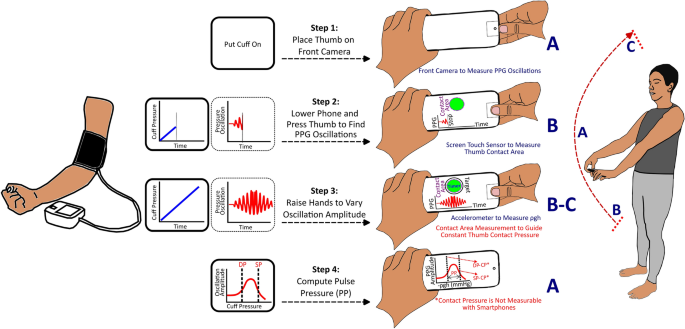2024-09-11 デラウェア大学 (UD)
<関連情報>
- https://www.udel.edu/udaily/2024/september/microbes-rrna-fluorescence-terry-papoutsakis-john-hill/
- https://journals.asm.org/doi/10.1128/msystems.00572-24
種特異的リボソームRNA-FISHにより、クロストリジウムの培養および共培養における種間の細胞内物質交換、活性細胞集団動態、翻訳装置の細胞局在が明らかになった Species-specific ribosomal RNA-FISH identifies interspecies cellular-material exchange, active-cell population dynamics and cellular localization of translation machinery in clostridial cultures and co-cultures
John D. Hill, Eleftherios T. Papoutsakis
mSystems Published:10 September 2024
DOI:https://doi.org/10.1128/msystems.00572-24

ABSTRACT
The development of synthetic microbial consortia in recent years has revealed that complex interspecies interactions, notably the exchange of cytoplasmic material, exist even among organisms that originate from different ecological niches. Although morphogenetic characteristics, viable RNA and protein dyes, and fluorescent reporter proteins have played an essential role in exploring such interactions, we hypothesized that ribosomal RNA-fluorescence in situ hybridization (rRNA-FISH) could be adapted and applied to further investigate interactions in synthetic or semisynthetic consortia. Despite its maturity, several challenges exist in using rRNA-FISH as a tool to quantify individual species population dynamics and interspecies interactions using high-throughput instrumentation such as flow cytometry. In this work, we resolve such challenges and apply rRNA-FISH to double and triple co-cultures of Clostridium acetobutylicum, Clostridium ljungdahlii, and Clostridium kluyveri. In pursuing our goal to capture each organism’s population dynamics, we demonstrate dynamic rRNA, and thus ribosome, exchange between the three species leading to the formation of hybrid cells. We also characterize the localization patterns of the translation machinery in the three species, identifying distinct, dynamic localization patterns among them. Our data also support the use of rRNA-FISH to assess the culture’s health and expansion potential, and, here again, our data find surprising differences among the three species examined. Taken together, our study argues for rRNA-FISH as a valuable and accessible tool for quantitative exploration of interspecies interactions, especially in organisms which cannot be genetically engineered or in consortia where selective pressures to maintain recombinant species cannot be used.


